Build a predictive model with Azure ML
- Posted in:
- ML
In today's data-driven world, businesses are constantly seeking ways to leverage their data for insights that can drive better decision-making and outcomes. Predictive modelling has emerged as a powerful tool for extracting actionable insights from data, enabling organizations to anticipate trends, forecast outcomes, and make informed decisions. Azure Machine Learning (Azure ML), a cloud-based platform, offers a suite of tools and services designed to simplify the process of building, training, and deploying predictive models. In this blog post, I’ll explore how to harness the capabilities of Azure ML to build a predictive model, focusing on Automated ML, Designer, feature selection, and propensity modelling with two-class classification regression.
Automated ML: Automated ML is a powerful feature of Azure ML that automates the process of building machine learning models. With Automated ML, you can quickly experiment with different algorithms, hyperparameters, and feature transformations to find the best-performing model for your dataset. By leveraging Automated ML, data scientists can save time and resources while still achieving high-quality results. In our predictive modelling journey, we'll start by utilizing Automated ML to explore various model configurations and identify the most promising candidates for further optimization.

By default, the models are ordered by metric score as they complete. For this tutorial, the model that scores the highest based on the chosen AUC_weighted metric is at the top of the list.
navigates through the Details and the Metrics tabs to view the selected model's properties, metrics, and performance charts.
Feature Selection: Feature selection plays a crucial role in building predictive models by identifying the most relevant variables that contribute to the model's performance. Azure ML offers several feature selection techniques, ranging from univariate methods to more advanced algorithms. I'll employ these techniques to identify the most informative features in our dataset, reducing dimensionality and improving the interpretability of our model.
The screenshots below display the top four features ranked by their importance, as automatically determined by Automated ML. In this example, the decision to purchase a bike is influenced significantly by factors such as car ownership, age, marital status, and commute distance. These features emerge as key determinants in predicting the outcome, providing valuable insights into the underlying patterns driving consumer behaviour.
Designer: Azure ML Designer is a drag-and-drop interface that allows users to visually create, edit, and execute machine learning pipelines. With Designer, even users without extensive programming experience can easily build sophisticated machine learning workflows. We'll leverage Designer to construct our predictive modelling pipeline, incorporating data pre-processing steps, feature engineering techniques, and model training algorithms. By using Designer, we can streamline the development process and gain valuable insights into our data.
Propensity Modelling with Two-Class Classification Regression: Propensity modelling is a specialized form of predictive modelling that aims to predict the likelihood of a binary outcome, such as whether a customer will purchase a product or churn from a service. In our case, I’ll focus on building a propensity model using two-class classification regression techniques with designer. By training our model on historical data with known outcomes, we can predict the propensity of future observations to belong to a particular class. This information can then be used to target interventions or marketing campaigns effectively.
The diagram below illustrates the pipeline designed for training the propensity model using two-class logistic regression. This pipeline encapsulates the sequence of steps involved in preparing the data, selecting features, and training the model to predict binary outcomes. With each component carefully orchestrated, the pipeline ensures a systematic and effective approach to building the propensity model, empowering organizations to make informed decisions based on predictive insights.
The screenshot below presents the evaluation results, highlighting that the dataset is imbalanced, which corroborates with the findings detected by Automated ML. This imbalance in the dataset indicates a discrepancy in the distribution of classes, which could potentially impact the model's performance. Understanding and addressing this imbalance is crucial for ensuring the model's accuracy and reliability in real-world applications.
Below screenshot shows the data guardrails are run by Automated ML when automatic featurization is enabled. This is a sequence of checks over the input data to ensure high quality data is being used to train model.
Conclusion: In this blog post, we've explored how to build a predictive model with Azure ML, leveraging Automated ML, Designer, feature selection, and propensity modelling techniques. By harnessing the power of Azure ML, organizations can unlock valuable insights from their data and make data-driven decisions with confidence. Whether you're a seasoned data scientist or a novice analyst, Azure ML provides the tools and capabilities you need to succeed in the era of predictive analytics. So why wait? Start building your predictive models with Azure ML today and unlock the full potential of your data.
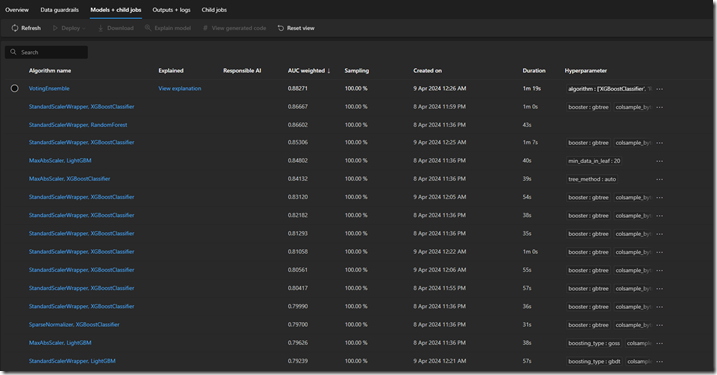
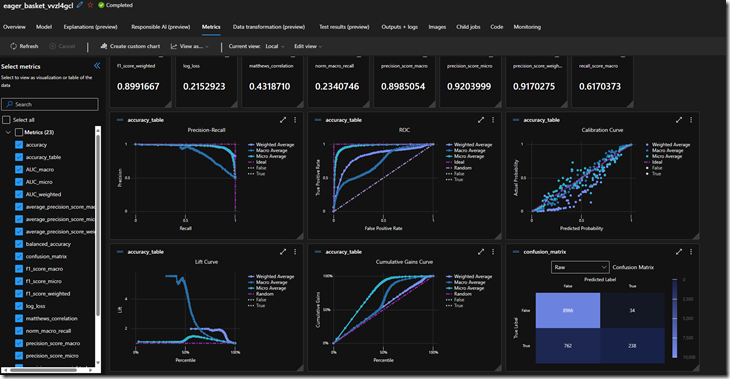

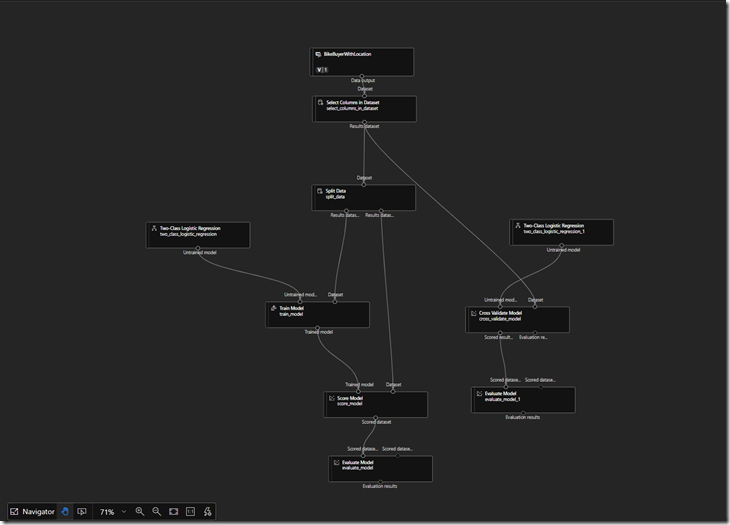
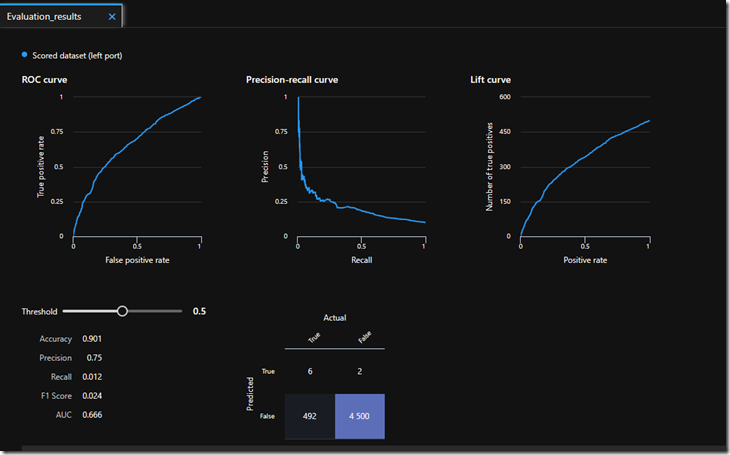
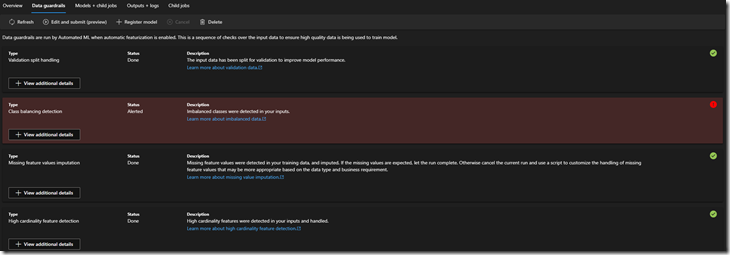



![clip_image002[4] clip_image002[4]](/posts/files/061acf38-725c-4ca4-a02e-c526eb575d8c.jpg)